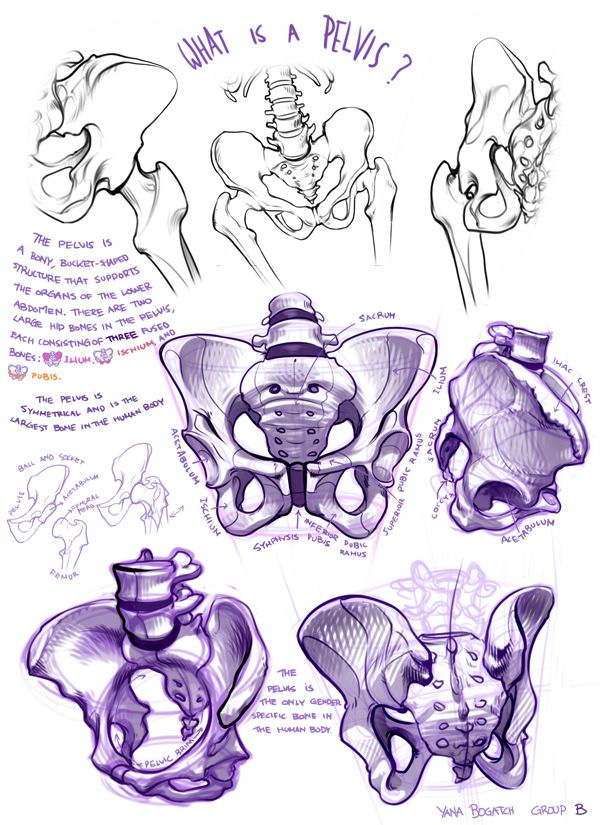This lesson takes some listening to work out the movements, and once they’ve been understood it can be quite a fun way to move.
There are many benefits from these movements, it’s a bit like WD40 working its way through each vertebrae via a series of extension and flexion on the side… so to speak.
The largest bones, largest muscles of the human body, the pelvis plays a big role in this lesson… you might like to think of the wings at the sides as steering wheel guiding the legs back and forth.
You’ll get to explore ways to drive through the pelvis or not and feel for your self its role in the lesson. While that exploration happens, Grok says this will also be happening:
Enhanced Spinal Mobility and Coordination: The lesson involves repeated movements of bending and extending the spine, particularly through lateral flexion and rotation. By lifting and lowering the leg while coordinating with head movements, you engage the muscles along the spine (e.g., erector spinae, obliques) and improve intervertebral joint mobility. This fosters better spinal articulation and reduces stiffness.
Movements like rolling the hip forward or backward and driving motion through the pelvis strengthen and mobilize the hip flexors, the glutes, and deep pelvic stabilizers. These actions enhance pelvic alignment and increase range of motion in the hip joints, supporting better posture and locomotion.
Holding and manipulating the lower leg while lifting or moving it engages the quadriceps, hamstrings, and adductors. Coordinating these movements with breathing and head motion refines motor control, improving muscle synergy and joint stability in the knees and ankles.
Extending the arm and using it to stabilize or guide movements activates the shoulder girdle muscles and improves arm-trunk coordination. This can reduce tension in the upper body and enhance functional reaching or lifting tasks.
Synchronizing movements with inhalation and exhalation strengthens the diaphragm and intercostal muscles, improving respiratory efficiency. The focus on sensing subtle changes (e.g., air movement over the lip) heightens proprioception, fostering better body awareness and control.
By comparing movements on both sides, the lesson promotes symmetry in muscle activation and joint mobility. This helps address imbalances, reducing the risk of strain or injury in daily activities.
Enjoy learning more about your Self through these movements:
Keep reading with a 7-day free trial
Subscribe to MySelf.Study to keep reading this post and get 7 days of free access to the full post archives.


